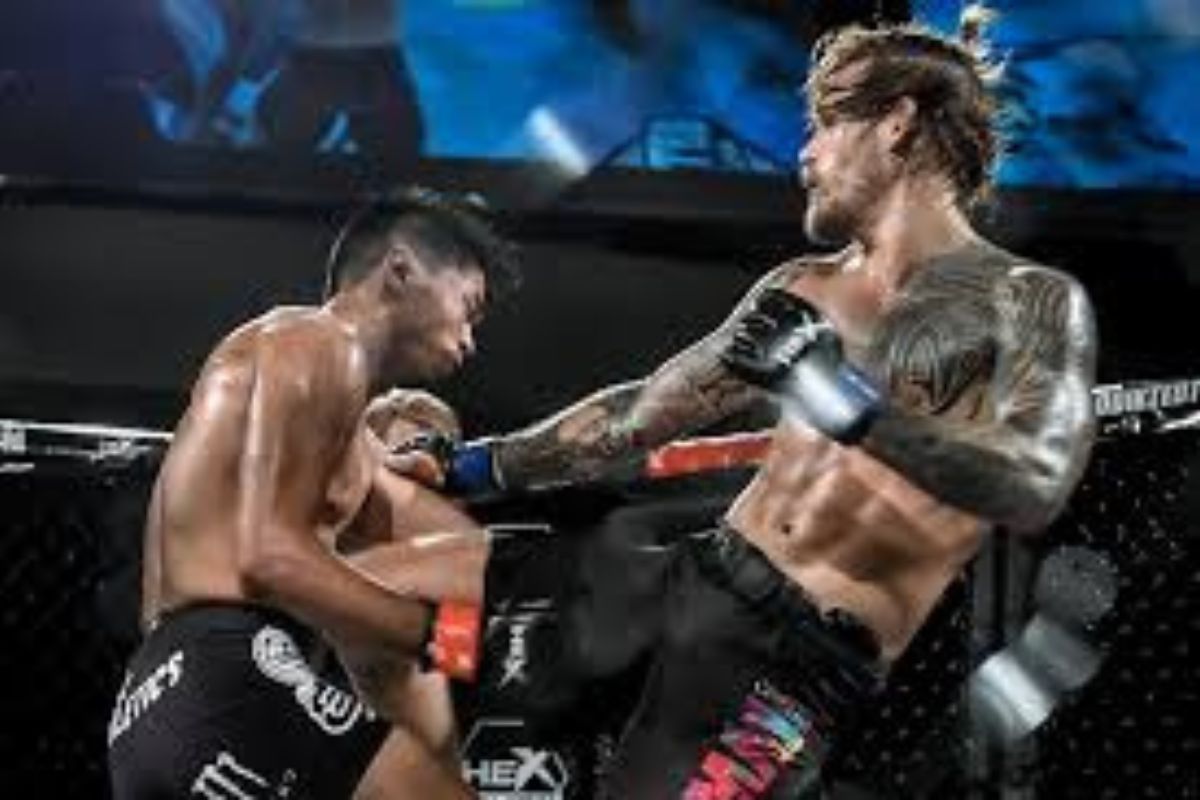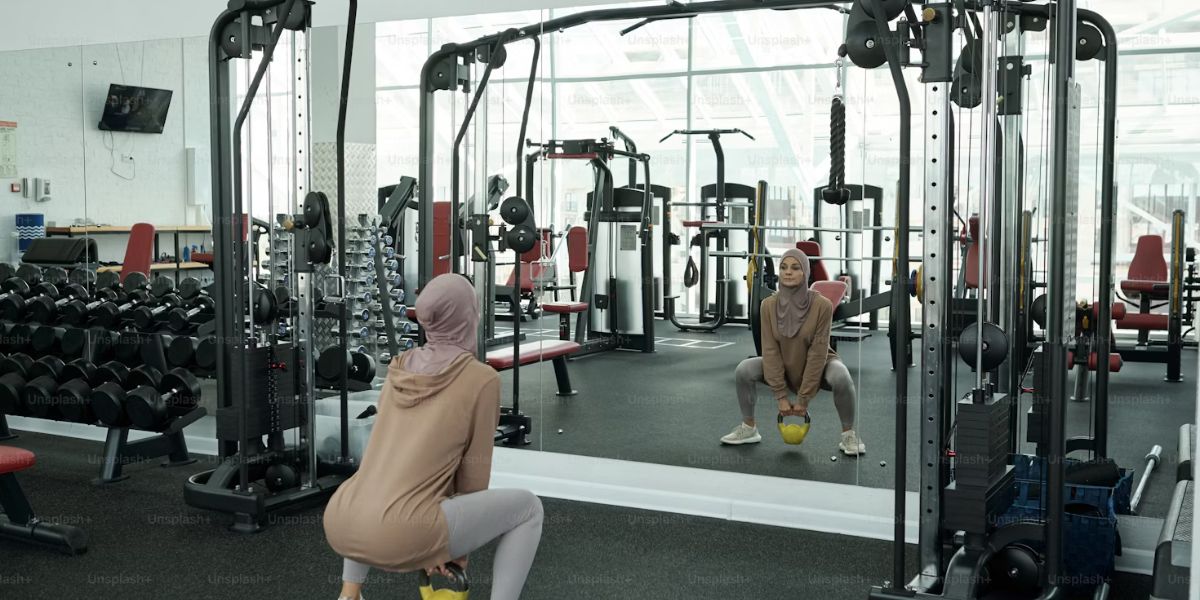Mixed Martial Arts (MMA) has transcended its niche origins to become a global phenomenon, captivating audiences with its blend of skill, strategy, and raw athleticism. At the heart of this explosive growth are the MMA gyms—crucibles where fighters are forged, and communities are nurtured. This article delves deep into the world of MMA gyms, exploring their evolution, their role in developing fighters, and their impact on the wider community.
Origins and Evolution of MMA Gyms
MMA, as a sport, emerged in the early 1990s with the inception of the Ultimate Fighting Championship (UFC). Initially billed as a no-holds-barred contest, it quickly became evident that success in the Octagon required a multifaceted approach combining disciplines such as Brazilian Jiu-Jitsu, Muay Thai, wrestling, and boxing. As the sport evolved, so too did the training methods and facilities.
Early MMA gyms were often humble affairs—converted warehouses or small spaces with rudimentary equipment. Fighters would gather to cross-train in various disciplines under the guidance of experienced coaches, many of whom were former competitors themselves. These gyms operated on passion rather than profit, driven by a shared love for combat sports and a desire to push the boundaries of what was possible in the cage.
The Modern MMA Gym: A Hub of Excellence
Fast forward to the present day, and the landscape of MMA gyms has transformed dramatically. Today’s facilities are state-of-the-art complexes, equipped with everything from specialized training areas for grappling and striking to fitness centers and recovery facilities. The evolution reflects not only the growth of the sport but also the increasing professionalism and demand for high-quality training environments.
Top-tier MMA gyms have become magnets for elite talent from around the world. Fighters flock to renowned camps like American Top Team, Jackson-Wink MMA Academy, and AKA (American Kickboxing Academy) to sharpen their skills under the guidance of world-class coaches. These gyms offer more than just training—they provide a supportive ecosystem where fighters can focus on honing their craft alongside like-minded peers.
Training Methods and Techniques
Central to the success of MMA gyms is their emphasis on cross-disciplinary training. Unlike traditional martial arts schools that focus on a single discipline, MMA gyms integrate techniques from multiple martial arts to create well-rounded fighters. Training sessions often include sparring, grappling drills, pad work, strength and conditioning, and strategy sessions—all tailored to prepare fighters for the dynamic challenges of MMA competition.
Coaches at MMA gyms play a pivotal role in shaping fighters’ careers. They not only impart technical knowledge but also serve as mentors, guiding fighters through the physical and mental rigors of training. Many gyms employ a team-based approach, with coaches specializing in different aspects of MMA (e.g., striking, grappling, wrestling) collaborating to create personalized training regimens for each fighter.
Building Community: Beyond the Octagon
While MMA gyms are primarily known for producing elite fighters, they also serve as vibrant community hubs. Open to individuals of all skill levels and backgrounds, these gyms foster camaraderie and mutual support among members. Beginners train alongside professionals, learning not only techniques but also discipline, perseverance, and respect.
Community engagement is often a cornerstone of MMA gyms’ outreach efforts. Some gyms offer youth programs aimed at teaching self-defense and instilling confidence in young participants. Others host events such as amateur fights, seminars with guest instructors, and charity fundraisers to strengthen ties with the local community and promote the sport.
Challenges and Controversies
Despite their positive impact, MMA gyms are not without challenges. High-level training can be physically demanding, leading to injuries if not managed properly. Moreover, the competitive nature of the sport can sometimes create a hyper-competitive atmosphere that may not be conducive to everyone’s goals. Additionally, concerns about weight cutting, performance-enhancing drugs, and the long-term health effects of repeated head trauma continue to be topics of debate within the MMA community.
The Future of MMA Gyms: Innovations and Trends
Looking ahead, the future of MMA gyms appears promising yet uncertain. Advances in sports science and technology are likely to play a pivotal role in optimizing training methods and enhancing performance. Virtual reality (VR) training simulations, wearable biometric devices, and data analytics are already being explored to provide fighters with real-time feedback and personalized training insights.
Furthermore, the globalization of MMA means that gyms are increasingly seeking talent from diverse backgrounds, further enriching the sport’s gene pool and fostering cultural exchange. As MMA continues to grow in popularity worldwide, so too will the demand for high-quality training facilities capable of producing the next generation of champions.
Conclusion
MMA gyms represent more than just places to train—they are crucibles where passion, discipline, and skill converge. From humble beginnings to cutting-edge facilities, these gyms have evolved alongside the sport, shaping the careers of countless fighters and enriching communities worldwide. As MMA continues to capture the imagination of fans and athletes alike, the role of gyms in nurturing talent and promoting camaraderie remains as vital as ever.











